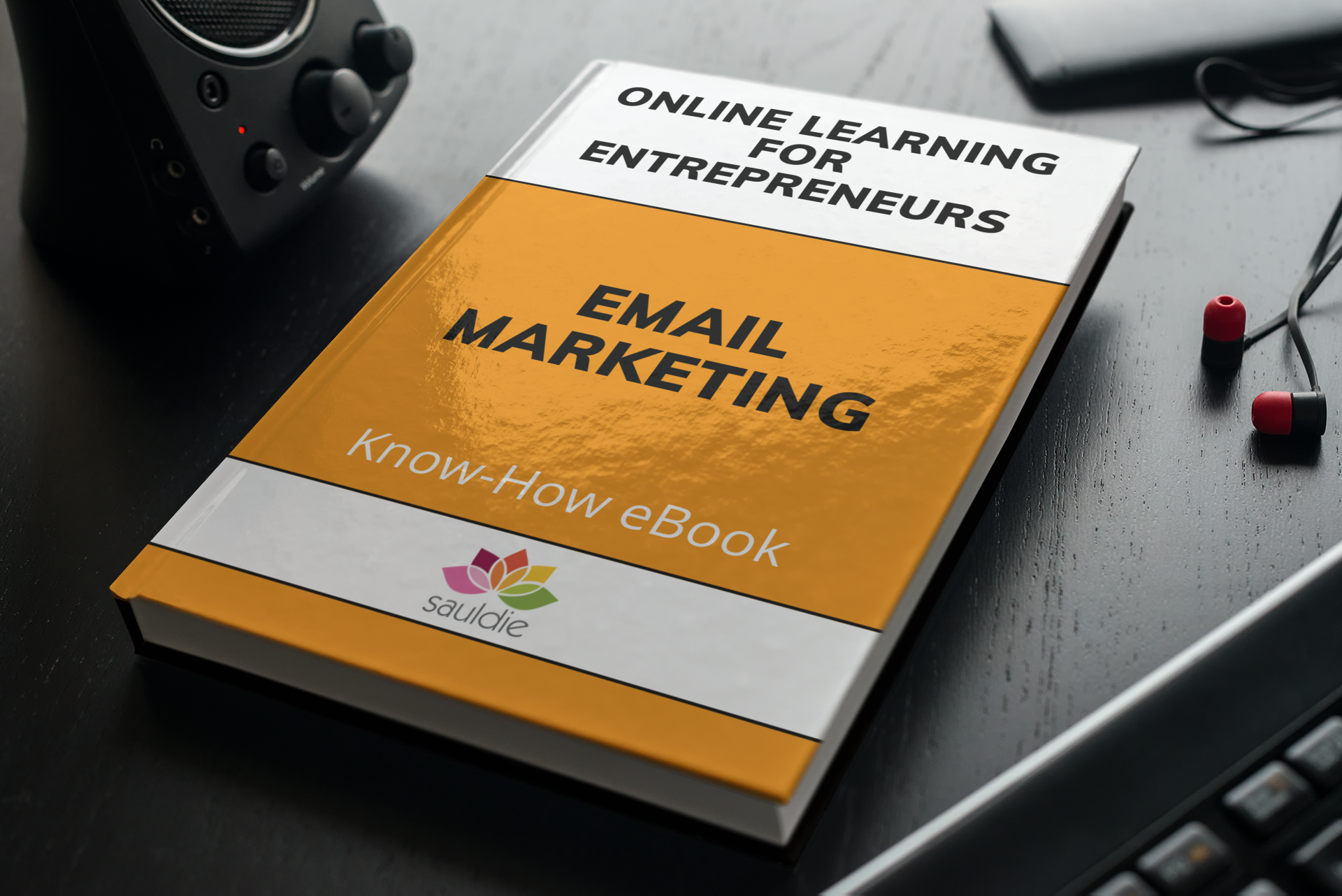Email marketing can be extremely effective if it is not perceived as spam. This is important because if your email marketing is incorrectly categorised as spam, it will not be read by the recipient and may even be blocked by the ISP's spam filter. It is therefore crucial for organisations to ensure that their email marketing is not mistaken for spam by either the recipient or the recipient's ISP.
This article is about email marketing and in particular how you as an entrepreneur can prevent your emails from being marked as spam.
One of the most important aspects of an email marketing campaign is the mailing list, which can help ensure that the emails sent by the business owner are not categorised as spam. Before you can do this, you first need to understand what spam is.
Spam is defined as unsolicited emails that are sent for the sole purpose of advertising or promoting a product or service. Internet users are bombarded with spam on a daily basis. For some Internet users, the sheer volume of spam is a major annoyance. Other internet users have become so accustomed to receiving spam that they no longer even notice these emails.
Neither of these scenarios is good for businesses that use email marketing to promote their products or services. Internet users who are offended by these spam emails may become annoyed with you and report your emails to their ISPs. Internet users who don't realise it's spam are likely to automatically delete your emails or block your email address so that future emails don't reach them.
By keeping an eye on your email distribution list and only including those who have specifically requested further information, you can avoid being categorised as spam. Asking potential customers to register on your website and select whether they would like to receive future emails with additional information, advertising or other valuable advice is one method of obtaining email addresses for running an email campaign. This ensures that the recipients of your emails are actually interested in your products and services and do not confuse them with spam.
Giving recipients the option to unsubscribe from every email is another way to ensure that your messages are not perceived as spam. Even if recipients have specifically asked to receive these emails, this is important because they have the right to change their mind at any time. It is beneficial to give email subscribers the option to unsubscribe at any time, as this gives them control over the matter. This is in stark contrast to spam, where recipients feel powerless and have no way of stopping the daily spam in their inboxes.
Finally, by including quality content in the emails they send to email list recipients, business owners can help prevent their email marketing campaign from being perceived as spam. This can mean sending articles, product reviews or a series of short, valuable pieces of advice to all recipients of these emails.
These emails may also contain light advertising, but it should not be at the forefront of the communication. If you put too much emphasis on the advertising, recipients will probably think the email is spam. If you provide the recipient with relevant information and subtly prompt them to take action, such as making a purchase or exploring the features of a product, the email can be perceived as much more valuable and less like spam.


























